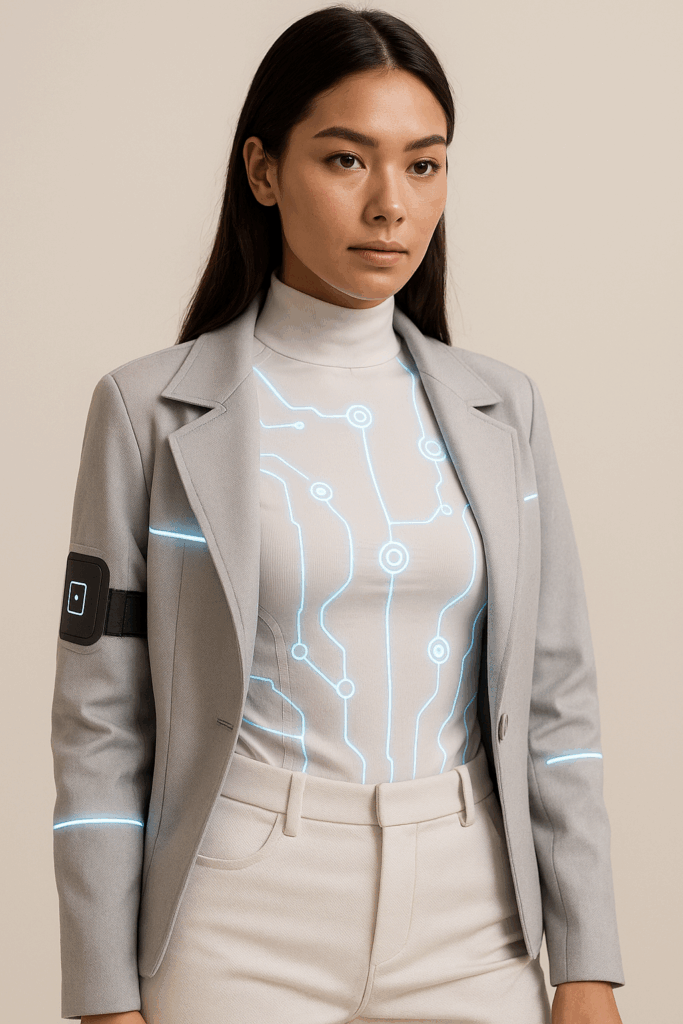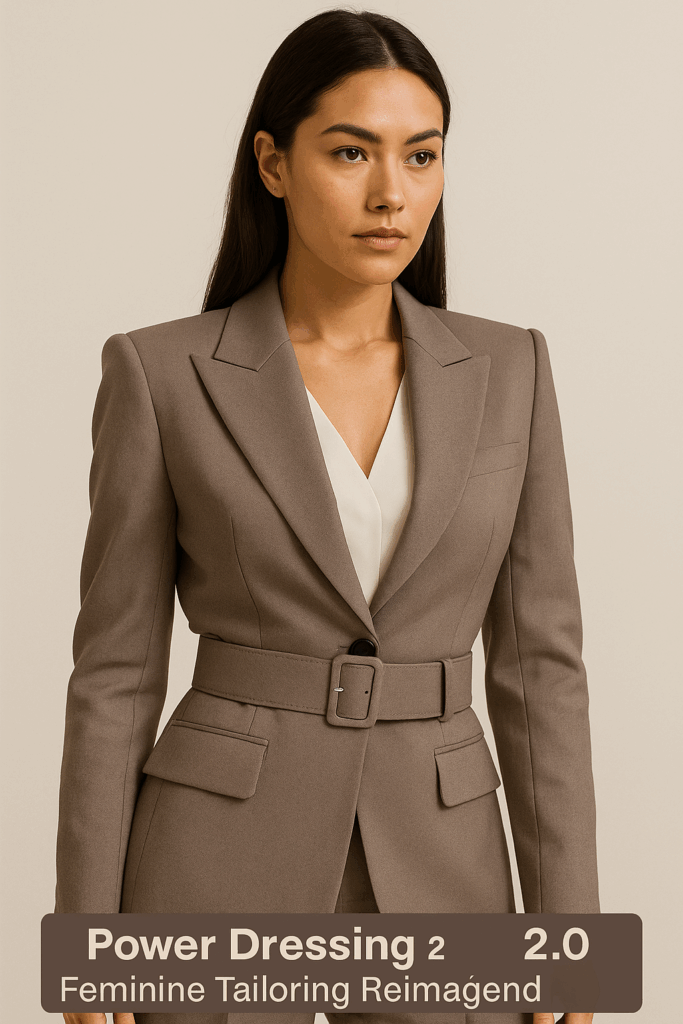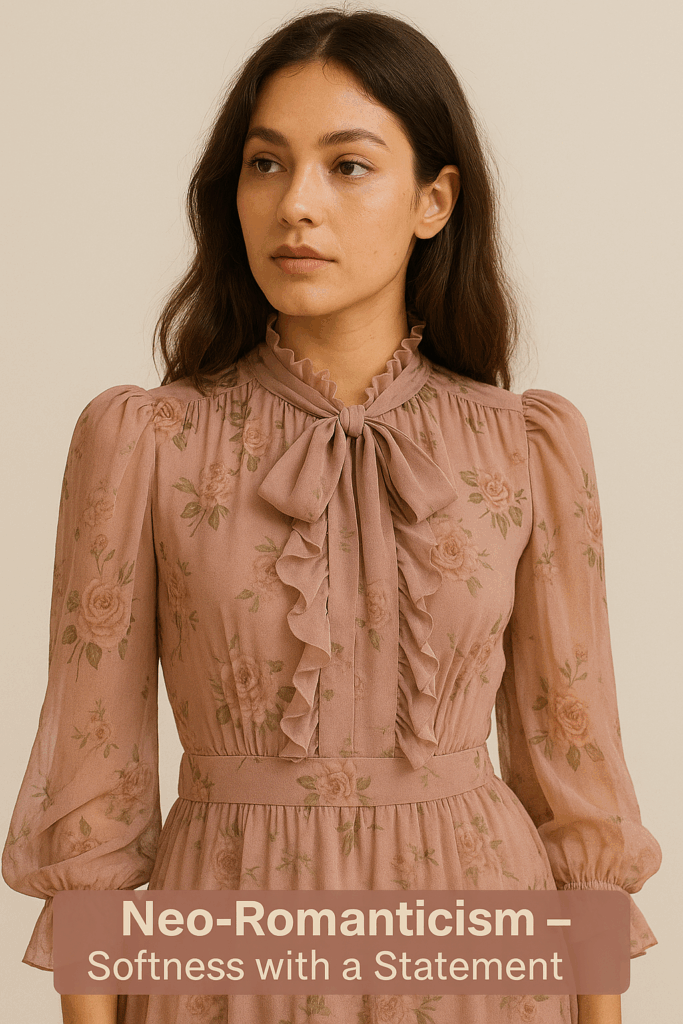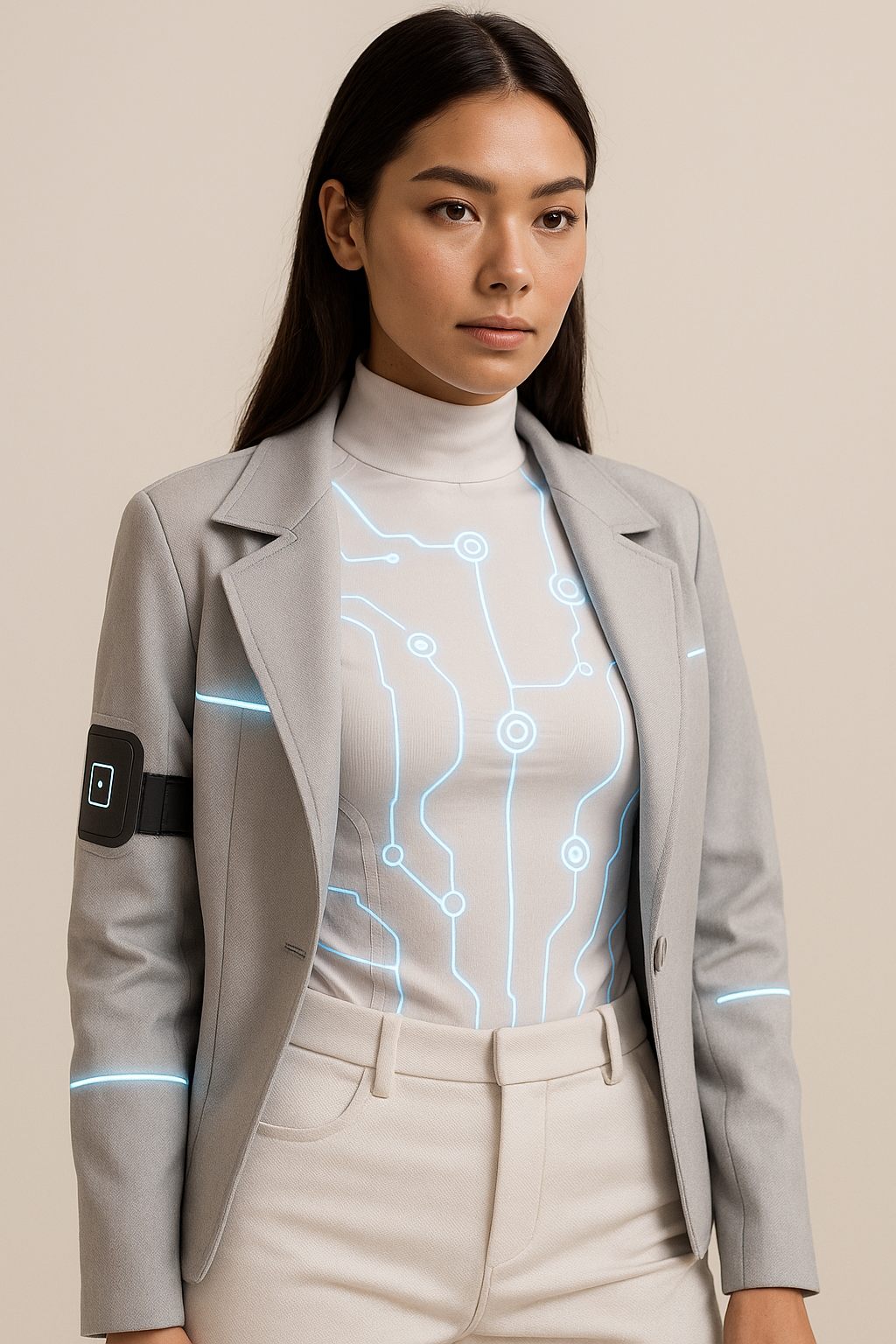Fashion has always been a reflection of society—our values, aspirations, and the ever-evolving pulse of culture. In 2025, the women’s fashion landscape is more vibrant and transformative than ever before. With global shifts in how we work, socialize, and connect with ourselves and the environment, fashion has stepped up not just as an aesthetic choice but as a statement of identity and purpose.
Gone are the days when trends were dictated solely by runways and seasonal lookbooks. Today, trends are born from the intersection of technology, sustainability, cultural movements, and personal narratives. Women are embracing fashion as a form of empowerment, a vehicle for storytelling, and a way to challenge outdated norms. What we wear in 2025 is no longer just about what’s stylish—it’s about what’s meaningful.
We are witnessing a convergence of innovation and intention. Materials are smarter, silhouettes are bolder, and design philosophies are more inclusive. From digital fashion shows and AI-generated prints to garments that monitor your health or respect the planet, the new era of fashion is immersive, intelligent, and ethically driven.
This comprehensive guide dives into seven groundbreaking trends shaping the current and future state of women’s fashion. These movements are not merely passing fads; they are powerful expressions of where we are as a society and where we’re headed. Below, we unpack the first four of these transformative style directions—each supported by cultural insights, design breakthroughs, and expert styling advice to inspire your next wardrobe evolution.
Trend 1: Tech-Integrated Apparel – The Rise of Smart Fashion

2025 marks the mainstream arrival of wearable technology in women’s fashion. No longer just for fitness enthusiasts or tech geeks, smart garments are being embraced by top designers and streetwear brands alike. This trend symbolizes a broader cultural shift toward interconnectedness and digital lifestyle integration, where fashion not only makes a statement but also serves a functional purpose.
Key Innovations:
- Temperature-regulating fabrics that adapt to your environment
- Garments with built-in biometric sensors monitoring health and mood
- Jackets and coats with LED systems for both style and visibility
- Solar-powered accessories such as handbags and hats with USB charging ports
Why It Matters: We are entering an era where convenience, safety, and efficiency must coexist with aesthetics. Fashion is no longer just visual—it’s interactive. The concept of “living clothes” that respond to body and environmental stimuli is pushing traditional garment-making into the tech realm. Brands such as Iris Van Herpen are turning couture into kinetic art, while others like Wearable X and Ministry of Supply are embedding smart fabrics into daily wear.
Styling Tip: The beauty of techwear lies in its sleek simplicity. Match a smart LED-lined jacket with monochrome leggings and reflective sneakers. Use neutral colors to let the embedded tech shine without overwhelming the outfit. Bonus: Many pieces are waterproof and wrinkle-free—perfect for the woman on the move.
Real-Life Example: Model and entrepreneur Karlie Kloss was recently spotted wearing a self-ventilating jacket made from phase-change materials at Paris Fashion Week, paired with temperature-adaptive leggings. The ensemble proved not only camera-ready but also scientifically futuristic.
Trend 2: Power Dressing 2.0 – Feminine Tailoring Reimagined

Power dressing in 2025 is going through a major revival—one that fuses the confidence of the ‘80s with the comfort and versatility demanded by today’s lifestyle. This movement is not about rigid suits anymore. It’s about reclaiming structure through expressive femininity and personalized form.
Defining Features:
- Blazers with exaggerated silhouettes and built-in corsetry
- Pantsuits in pastels, bold reds, and even metallics
- High-waisted, wide-leg trousers paired with cropped vests
- Unexpected layering, such as tailored jackets over hooded crop tops
Cultural Influence: The modern workplace, whether at home or in an urban co-working hub, is changing the language of professionalism. Women are rising in leadership across industries, and their wardrobe is reflecting that authority. But unlike traditional suits, today’s power outfits are made to move, to express, and to break norms.
Styling Tip: Layer a structured pastel blazer over a fitted knit crop top and high-waist trousers. Use accessories like oversized belts or minimalist gold chains to add dimension without stealing attention. Footwear? Opt for pointed ankle boots or platform loafers.
Runway Momentum: Designers like Alexander McQueen, Victoria Beckham, and Peter Do are redefining power dressing with sharply tailored garments that embrace asymmetry, bold fabrics, and even utility pockets. The goal is to combine resilience and elegance, both in appearance and purpose.
Social Commentary: Power dressing isn’t about dressing like men—it’s about creating a visual language of competence and presence that’s distinctly female. This trend sends a message: being powerful and stylish are not mutually exclusive—they are, in fact, aligned.
Trend 3: Neo-Romanticism – Softness with a Statement

The romance is back—but it’s not the dainty, overly delicate fashion of decades past. Instead, it’s confident, expressive, and rebellious. Neo-romanticism in 2025 is about embracing softness while making a bold statement, challenging the stereotypes of femininity with both visual flair and emotional depth.
Key Elements:
- Maxi dresses in sheer fabrics with exaggerated volume
- Layered tulle, lace, and chiffon used in unexpected, structural ways
- Modern floral embroidery over raw edges and oversized cuts
- Puff sleeves taken to architectural extremes, merging old-world charm with high-concept art
Historical Reference Meets Modern Edge: This trend is deeply rooted in vintage romanticism—think Victorian, Edwardian, and even Rococo fashion—but with a 21st-century twist. While past styles emphasized restriction and ornamentation, today’s romantic trend deconstructs those tropes. Feminine doesn’t mean fragile. The mix of softness and rawness is intentional, signaling a more complex representation of modern womanhood.
Color Palette: Muted tones dominate—dusty rose, lavender gray, cloud white—but contrast is often introduced through dark underlayers or accessories. Think a soft pink lace blouse over a black leather skirt.
Styling Tip: Go for a voluminous organza blouse paired with straight-leg jeans and combat boots. Add contrast with metallic earrings or a bold lip. The goal is to avoid looking like you’re wearing a costume; juxtapose elegance with everyday practicality.
Designer Focus: Cecilie Bahnsen remains a pillar of this trend, blending hyper-feminine fabrics with contemporary silhouettes. Simone Rocha goes further, adding elements like crystal embellishments and heavy textures to create narrative clothing that tells a story.
Cultural Impact: Neo-romanticism is not just about aesthetics—it’s part of a cultural yearning for vulnerability, individuality, and beauty amid chaos. In an increasingly digital and automated world, these garments evoke emotional connection and tactile pleasure.
Social Media Appeal: The trend photographs beautifully, which has made it a staple among influencers and fashion creators. TikTok is flooded with “fairycore,” “cottagecore,” and “romantic grunge” variations that all borrow heavily from the neo-romantic umbrella.
Trend 4: Eco-Luxury – Sustainability Goes High Fashion
Sustainability is no longer a fringe conversation or a marketing tactic—it’s the new baseline for innovation and luxury. Eco-luxury in 2025 is where aesthetics meet ethics. High-end fashion is undergoing a massive transformation, and consumers are no longer willing to compromise style for conscience—or vice versa.
Major Innovations:
- Lab-grown leather from companies like Modern Meadow and VitroLabs
- Mycelium-based fabrics (mushroom leather) used by Stella McCartney and Balenciaga
- Plant-dyed garments created using waste-free processes
- Blockchain-enabled transparency for end-to-end ethical sourcing
What Makes It Luxury: The narrative has shifted. It’s not just about organic cotton basics anymore—it’s about regenerative design, biodegradable materials, and conscious couture. Luxury now means innovation that respects both the environment and the artisans who craft the pieces.
Noteworthy Brands Leading the Charge:
- Stella McCartney continues to pioneer vegan fashion with premium appeal
- Gabriela Hearst designs fashion that is minimalist, timeless, and zero-waste
- Chloé has become the first luxury maison to earn B Corp certification
- Pangaia uses botanical dyes, recycled fibers, and carbon-neutral logistics
How It’s Styled: Sustainable fashion in 2025 doesn’t look “eco”—it looks elegant. Picture a tailored trench made of eucalyptus fiber worn over wide-leg trousers made from upcycled wool. Finish the look with biodegradable leather boots and jewelry made from ocean waste plastics.
Why This Matters Now: The climate crisis is accelerating, and fashion is one of the biggest contributors to global pollution. This trend reflects a larger societal demand for accountability, transparency, and long-term thinking. Fashion lovers want to look good and feel good about their impact.
Consumer Shift: A growing segment of Gen Z and Millennial consumers actively research brand ethics before purchasing. “Slow fashion” hashtags are trending globally, and resale platforms like The RealReal, Depop, and Vinted are considered just as chic as retail.
Investment Value: Eco-luxury is also driving a new kind of consumer mindset—buying fewer but better items. High-quality sustainable garments last longer, are easier to repair, and often gain resale value, making them not only environmentally responsible but financially sound.
Future Outlook: The next frontier in eco-luxury is AI-assisted design that minimizes waste, on-demand 3D printing to avoid overproduction, and garments that can return to the earth after use. The lines between fashion, tech, and sustainability are blurring fast.
Conclusion
The fashion industry in 2025 is not just reacting to the world—it’s reshaping it. Each of the trends highlighted here demonstrates a remarkable evolution in how clothing interacts with culture, technology, and human expression. Tech-integrated apparel blurs the lines between functionality and art. Power dressing redefines authority through inclusive, body-positive tailoring. Neo-romanticism brings emotional storytelling back to fashion. And eco-luxury proves that sustainability and elegance can—and must—coexist.
What stands out across these movements is the intent behind the design. There is a greater consciousness in both production and presentation. Fashion is no longer simply seasonal; it is strategic, ethical, and deeply personal. These trends aren’t fleeting—they’re signals of a broader cultural and environmental shift that will continue to influence how women dress, move, and express themselves.
Whether you’re a trendsetter or someone who curates timeless style, understanding these evolving narratives offers valuable insight into where fashion is headed—and how you can wear it with purpose.
More forward-thinking styles await in the rest of this year’s fashion story. Stay tuned as we continue to explore how digital, cultural, and gender-fluid aesthetics are taking the runway by storm and changing the definition of modern beauty.

